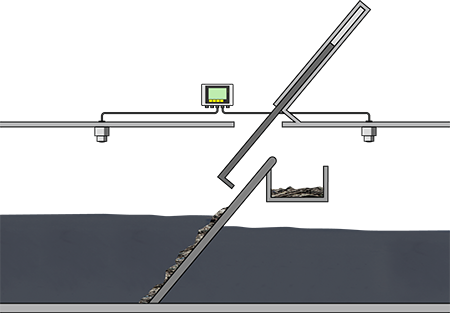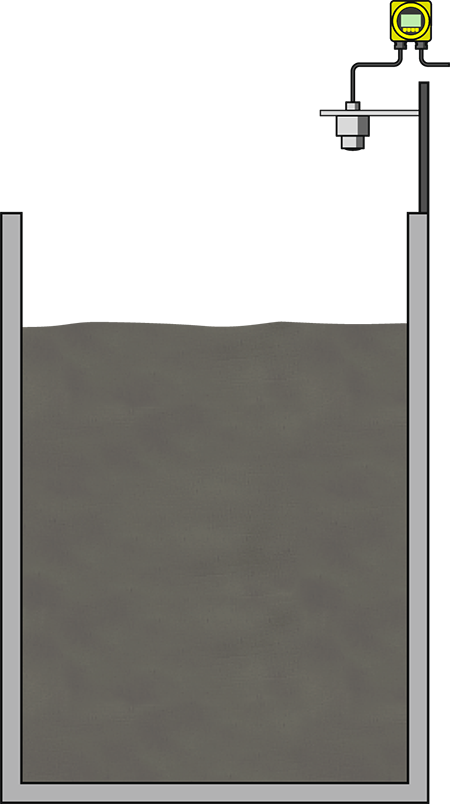Improve processes in sewage treatment plants with VEGA sensors
This province Walloon Brabant in the heart of Belgium has just under 410,000 inhabitants distributed among 27 municipalities. Wastewater disposal in this rural area is the responsibility of InBW (Intercommunale du Brabant Wallon), who is responsible for a total of 36 sewage treatment plants. This already reveals the first challenge: the large distances between the various plants. However, measurement in a sewage treatment plant involves further hurdles – such as vibration, condensation, dust, dirt and sludge, digester gases and measuring points that are difficult to access.
So what requirements do the sensors have to meet?
It depends, of course, on where the level and pressure sensors are deployed. But no matter if it’s flow in an open flume, a filter or a basin, one thing always applies: The measuring instruments must work accurately and uncomplicatedly, withstand extreme ambient conditions and function for as long as possible without maintenance.
VEGAPULS C 21 has proven itself over and over again in applications where a high protection class is required. The compact radar sensor delivers precise readings and is not affected by
- temperature fluctuations
- environmental influences like rain, fog or wind
- dirt and contamination
in any way. This gives radar measurement technology many advantages over ultrasonic-based measurement. Due to the good signal focusing of VEGAPULS C 21, the liquid level reflections can be better separated from false reflections, making the measuring results considerably more accurate. Another plus: VEGAPULS C 21, like other sensors of the series, has a fixed cable connection and is designed in protection class IP66/IP68. This enables a direct connection, for example to a PLC.
Where is VEGAPULS C 21 used?
Screening system: Solids are sifted out of the water in various stages – in the coarse screen these are substances with a diameter of more than 25 millimetres. The fine screen is responsible for skimming off smaller solids. And this is exactly where VEGAPULS C 21 is used in Walloon Brabant: The radar sensor indicates the difference in water level between the front and the back side of the screen. The degree of contamination is determined via the differential measurement, triggering the cleaning of the screen when necessary.
Applications
Coarse and fine screens
Differential water level measurement for control of screen raking
Mechanical cleaning removes entrained floating matter with screens or sieves. This protects the downstream process stages from buildup, clogging and abrasion. Solids with diameters greater than 25 mm are trapped in the coarse screens, compressed in a press and then disposed of. Finer secondary screens remove smaller residual materials. Measurement of the difference in water level between the front and the back of the screen determines the degree of contamination and initiates the cleaning of the screen when necessary.

Reliable
Reliable control of screen cleaning
Cost effective
Non-contact and wear-free measurement
User friendly
Maintenance-free operation of the system
Applications
Sludge thickening tank
Level measurement in a sludge concentration tank
Before the sludge enters the digestion tower, it is stored in large vessels. During storage, the sludge is dewatered and thickened sometimes scrapers and agitators are used to accelerate the process.

Reliable
Reliable content measurement in the sludge thickening tank
Cost effective
Non-contact measurement ensures maintenance-free operation
User friendly
Simple installation and setup
What other VEGA instruments can be found in the sewage treatment plants?
How are the measurement data read and processed?
Those responsible at InBW applaud the efficiency, simplicity and versatility of VEGAPULS C 21. The ability to adjust the VEGA instruments via Bluetooth or to calibrate the sensors makes the everyday work of the sewage treatment plant employees much easier – especially in overcoming the great distances.
Related industries

Wastewater treatment

Drinking water supply
Products
Export this article
Download as PDFShare this article
Comments ({{comments.length}})
{{getCommentAuthor(comment, "Anonymous")}} {{comment.timestamp | date : "dd.MM.yyyy HH:mm" }}
{{comment.comment}}










